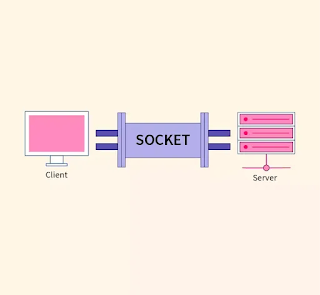Data Structure
What is Data Structure ?
A data structure is a specialized format for organizing, processing, retrieving and storing data. There are several basic and advanced types of data structures, all designed to arrange data to suit a specific purpose. Data structures make it easy for users to access and work with the data they need in appropriate ways. Most importantly, data structures frame the organization of information so that machines and humans can better understand it.
In computer science and computer programming, a data structure may be selected or designed to store data for the purpose of using it with various algorithms. In some cases, the algorithm's basic operations are tightly coupled to the data structure's design. Each data structure contains information about the data values, relationships between the data and -- in some cases -- functions that can be applied to the data.
For instance, in an object-oriented programming language, the data structure and its associated methods are bound together as part of a class definition. In non-object-oriented languages, there may be functions defined to work with the data structure, but they are not technically part of the data structure.
How are data structures used?
In general, data structures are used to implement the physical forms of abstract data types. Data structures are a crucial part of designing efficient software. They also play a critical role in algorithm design and how those algorithms are used within computer programs.
Some examples of how data structures are used include the following:- Storing data. Data structures are used for efficient data persistence, such as specifying the collection of attributes and corresponding structures used to store records in a database management system.
- Managing resources and services. Core operating system (OS) resources and services are enabled through the use of data structures such as linked lists for memory allocation, file directory management and file structure trees, as well as process scheduling queues.
- Data exchange. Data structures define the organization of information shared between applications, such as TCP/IP packets.
- Ordering and sorting. Data structures such as binary search trees -- also known as an ordered or sorted binary tree -- provide efficient methods of sorting objects, such as character strings used as tags. With data structures such as priority queues, programmers can manage items organized according to a specific priority.
- Indexing. Even more sophisticated data structures such as B-trees are used to index objects, such as those stored in a database.
- Searching. Indexes created using binary search trees, B-trees or hash tables speed the ability to find a specific sought-after item.
- Scalability. Big data applications use data structures for allocating and managing data storage across distributed storage locations, ensuring scalability and performance. Certain big data programming environments -- such as Apache Spark -- provide data structures that mirror the underlying structure of database records to simplify querying.




Comments
Post a Comment